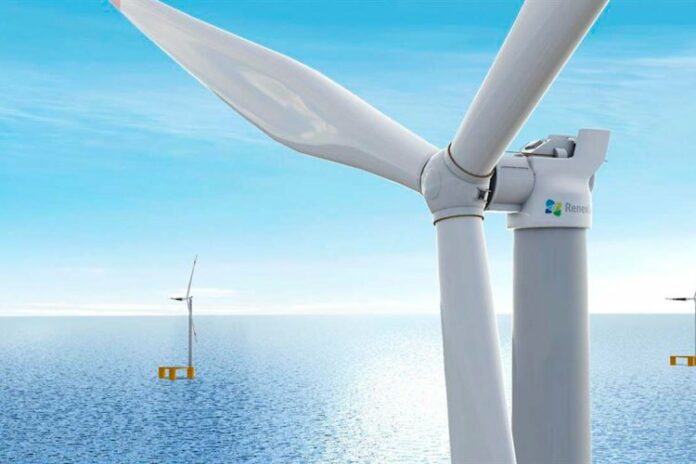Renexia, part of TOTO Holding, has awarded Fugro a survey contract for the Med Wind floating wind farm in the Strait of Sicily, one of the biggest renewable energy projects planned for the Mediterranean Sea, with 190 floating turbines for an installed capacity of 2.8 GW.
Fugro will provide Renexia with detailed marine geophysical and environmental surveys, deploying state-of-the-art equipment and specialised personnel to acquire comprehensive Geo-data at the proposed wind farm location and along the two proposed export cable corridors.
Once Fugro has acquired the necessary Geo-data in the site’s water depths of 300 m to 900 m, the results of the analysis will be used to advise on geohazard risk mitigation and identify a safe route for installation of the two export cables. These results will also feed into the final integrated environmental impact assessment (EIA) application to Italy’s Ministry of Energy Transition.
Riccardo Toto, General Director for Renexia, said:
“Med Wind is one of the most innovative renewable energy projects in Europe and, as such, we need strong partners to support us on this journey. Fugro is the world’s leading Geo-data specialist and will join our large team of international professionals who are working together to construct the energy infrastructure that’s key to achieving Italy’s sustainable development goals.”
Rodolfo D’Addario, Country Manager for Fugro in Italy, added:
“We are really proud to support Renexia in this challenging floating offshore wind project, which will help our country’s transition to decarbonisation and a sustainable future of green energy and power diversification.”
Once operational, the 850 km2 wind farm located 60 km off the Italian coast should provide enough electricity to power 3.4 million homes a year, which translates to an annual CO2 saving of 2.7 million tons.



